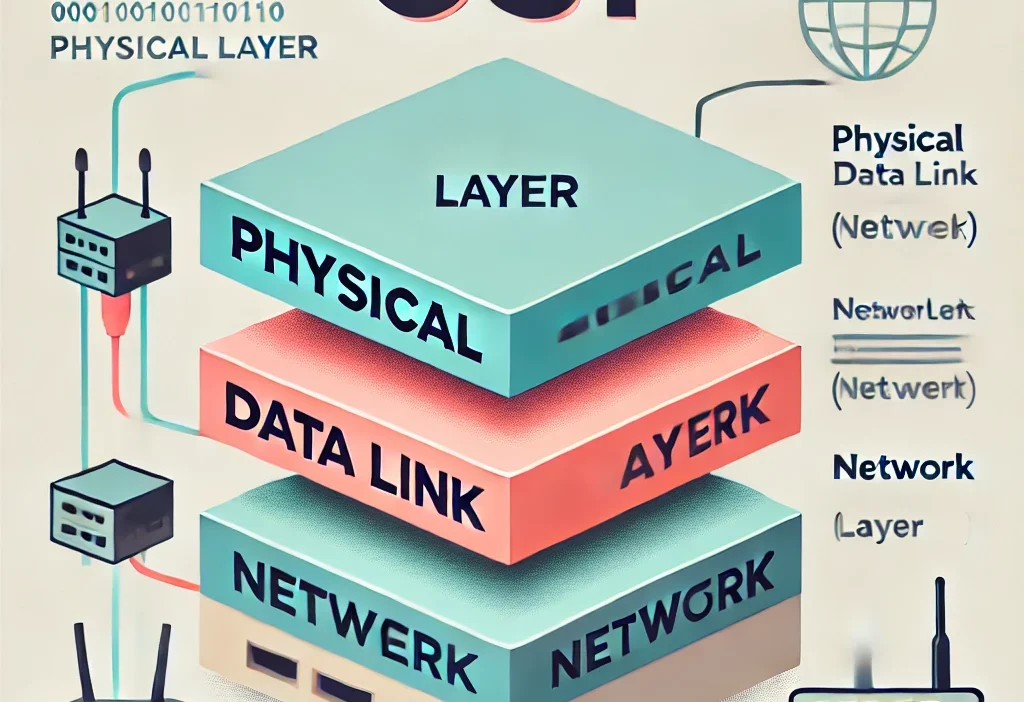Network Engineers are very concerned with the lower layers of the OSI Model.
Layer 4 – The Transport Layer
The main characteristics of the transport layer are the port number and whether TCP or UDP transport is used.
The transport layer defines services to segments, transfer and reassemble the data for individual communications between the end devices. It breaks down large files into smaller segments that are less likely to incur transmission problems.
Layer 3 – The Network Layer
The most important information in the network layer is the source and destination IP address. Routers operate at layer 3.
The network layer provides connectivity and path selection between two host systems that may be located on geographically separated networks. The network layer is the layer that manages the connectivity of hosts by providing logical addressing.
Layer 2 – The Data-link Layer
The most important information at the data-link layer is the source and destination layer 2 address. For example, the source and destination MAC address if Ethernet is the layer 2 technology. Switches operate at the layer 2.
The data-link layer defines how data is formatted for transmission and how access to physical media is controlled. It also typically includes error detection and correction to ensure a reliable delivery of data.
Layer 1 – The Physical Layer
The physical layer concerns the physical components of the network, for example the cables being used. The physical link enables bit transmission between end devices. It defines specifications needed for activating, maintaining and deactivating the physical link between end devices. For example, voltage levels, physical data rates, maximum transmission distance, physical connectors, e.t.c

